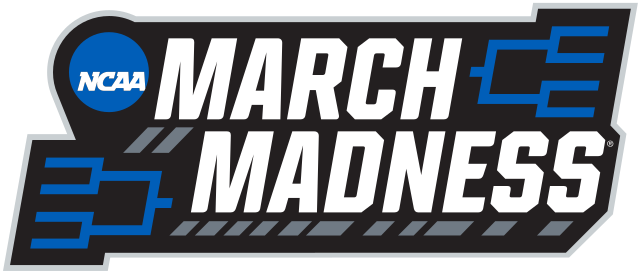Let me reiterate again that my opinions do not reflect the opinions of The Campus, the rest of the staff, etc. and that if you would like to write a response more substantial than a comment, let me know, and we can make that happen. I’m at bauerd [at] allegheny.edu.
I found a copy of Allegheny’s budget for fiscal year 2012-2013. Let’s talk about how bleak the future is.
Let’s start with the stuff that might make you viscerally upset: “Tuition will increase 4.00% in FY14 and FY15,then 4.25% annually thereafter.”
That means that tuition will increase from $39,261 per year to $47,870 in 2017.
Further: “Salary pool will increase 2.5% in FY14, then 3.5% annually thereafter.”
That means that, while student costs go up, salaries for employees of the college go up, too.
And the kicker: “We do not think that ever-increasing discounting is a sustainable long-term strategy for private colleges, so the FY13 budget is based on the assumption that we can begin to pull the first-year discount back by 0.5% to 51.0%.”
That means that, while student costs go up and employee salaries go up, students will receive less in scholarships. And that doesn’t even begin to account for inflation.
Allegheny is doing this not because it hates students or because it’s greedy. It’s doing this to remain economically sustainable. Allegheny needs to be able to attract good employees (and its salaries are more or less average as compared to its comparison group). Allegheny’s endowment is dreadfully low compared to similar schools (our endowment was $139.9 million at the end of 2011; the mean for our comparison schools was around $200 million). And part of the impetus for growing the endowment, as it turns out, is to offer larger discounts to future students. As the budget says: “Allegheny attempted to hold merit scholarship levels steady while other colleges increased their merit awards significantly, with many competitors—particularly those with larger endowments—allowing first-year discount to rise to the high 50’s (some exceeded 60%).” Other schools can afford to grow their discount rates. At the moment, Allegheny can’t.
The takeaway here, and probably not a bad takeaway to remember, is that our generation is in the middle of a squeeze. Well, more of a “world’s falling down around us” kind of situation. Poverty is at a 15-year high. Income inequality in the United States is only getting worse. And measures meant to alleviate these problems are in trouble.
For example, let’s take a look at the Pell Grant program. As reported in 2010, Allegheny gave 516 students Pell Grants, totalling $1,948,971, or about $3,777 per person, just above the national average. The Pell Grant program is a federal program that awards need-based aid in order to help low-income students afford college. And it’s in trouble. Cuts are on the table in the name of deficit slashing. Representative (and current candidate for the vice presidency, and apparently sexy shirtless dude) Paul Ryan proposed a budget that would cut the legs off of the program, reducing eligibility and freezing the maximum award, inflation be damned. And, as The New Republic reports in the same article, the Obama Administration hasn’t even dealt with the long-term viability of the Pell Grant program, opting instead to use emergency stimulus funding to keep Pell Grants alive. I don’t really think that the Ryan budget has a chance of passing unless someone fires the entire Senate, but it’s worth nothing that these are the ideas floating around.
This is not good news for someone who isn’t sitting on a lot of wealth who would dare to dream of going to college. As spelled out in the same article, losing Pell Grant funding basically guarantees that low-income students who want to go to college will have to take out massive loans. And more low-income people will decide not to go to college in order to avoid that kind of debt. Income inequality isn’t likely to get any better if the achievement gap widens even more.
Of course, this isn’t just an issue of money: class intersects with all sorts of different subject positions, like gender and race. It’s worth lamenting the loss of the professional staff of CIASS and IDEA, offices that were established in part to help the institution and the students navigate these intersectionalities. We lose people like Dr. Lawrence Potter, who helped found an office with “Access” in the name. We raise tuition and lower the discount rate. We’re getting squeezed. How do we fix it?








